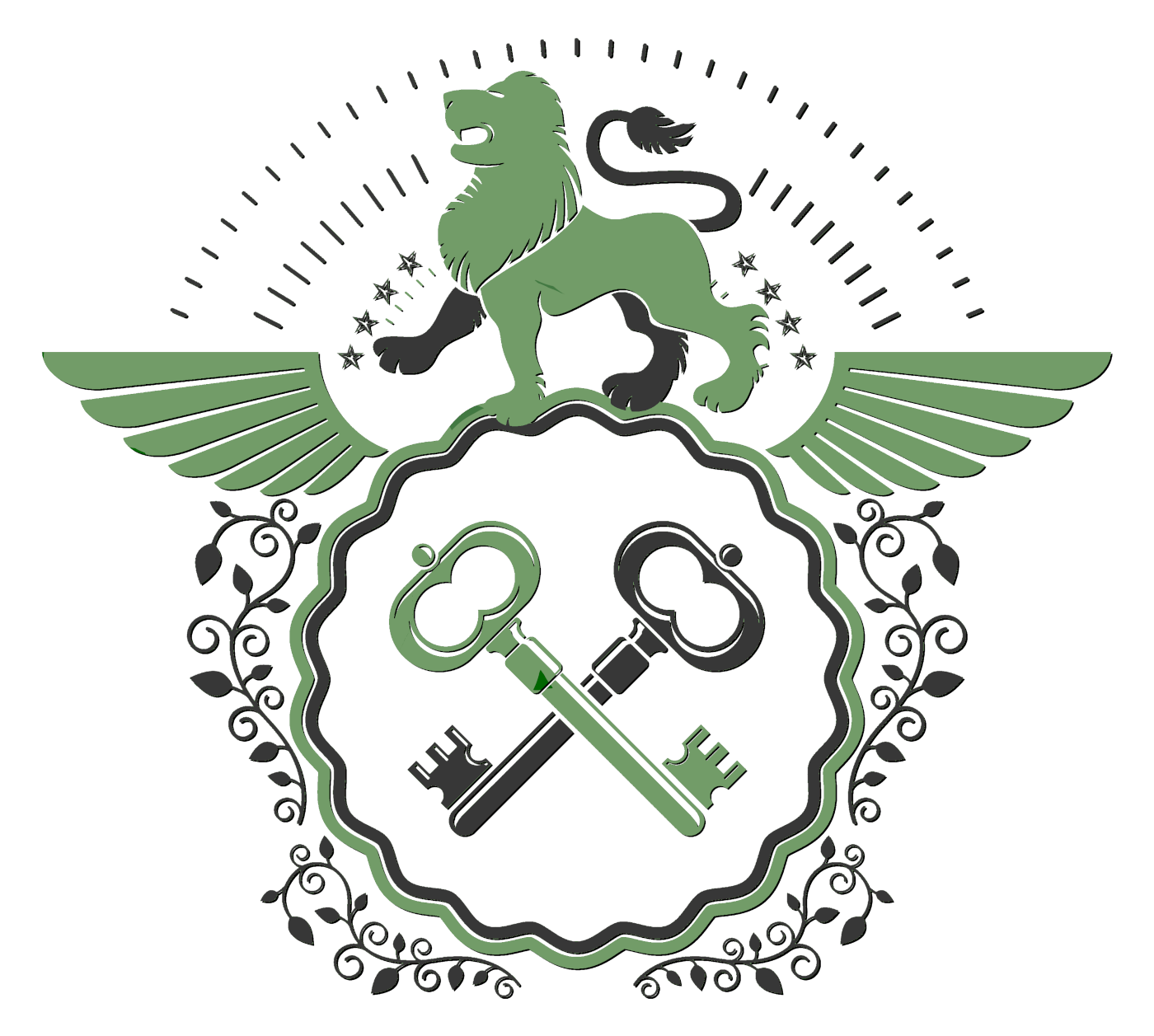Calista Beth Mimetes wrote:
[offtopic]My family uses baking soda with some Essential Oils in it. *Grin* [/offtopic]
Anybody know what lye actually is?

I know people used it to makes soap, but what is it and how does it make the soap?

Ooh, I've been finding out some intersting stuff about Lye.
Quote:
Before the modern manufacture of lye, people were able to make it out of raw materials. For thousands of years, people have used types of lye for making soap and tanning hides. They burned certain hardwoods at a very high temperature to make white ashes. Water, mixed with a bit of baking soda, then was used to penetrate the ashes and remove the lye that they contained. When the ashes were filtered out, the water would hold enough lye for purposes such as dissolving the fat left on animal furs or mixing with other ingredients to make body soap.
Apparently you get lye from 'leaching ashes'.
Quote:
Lye is a caustic, alkaline chemical that is useful for many purposes but also is hazardous. It can dissolve sticky substances such as fat and has a high degree of reactivity with other materials. Modern lye typically is the chemical sodium hydroxide, but potassium hydroxide was once the chemical compound that was commonly used. Whether in a flake, granular or liquid form, it is very dangerous and can cause damage to surfaces and people. Despite its hazardous nature, it is used in many common household products, such as laundry detergent and oven cleaner, and is even used to cure foods such as pretzels, green olives and mandarin oranges.
Sodium hydroxide is created using a chemical reaction between soda, or sodium carbonate, and calcium hydroxide, or lime. In raw form, it is made into solid flakes, chips or grains. Chemical suppliers provide sodium hydroxide to manufacturers for use in the making of a wide variety of products, such as fabric, paper, hand soap, metal polishers and drain de-cloggers.
Making soap:
Quote:
If you want to make your own soap, the first step is gathering all necessary ingredients. The basic soap, known as cold-process soap or “CP” soap is basically made by combining lye and fats such as coconut or hemp oil. Aside from these two basic ingredients, you will also need distilled water, essential oils and colorants, and containers for melting and shaping the soap. If you plan on adding herbs, flowers, or other additives, you will need to get those also. Finally, another thing you need to make your own soap is patience, as the whole process takes about six weeks.
Lye is a powerful chemical and should be handled with extreme care. Gloves and safety goggles are recommended, and working in a well-ventilated area is a must. Lye is caustic and can cause serious burns to the skin and eyes if splashes occur. Lye should also be kept out of the reach of children and pets.
Once you have gathered all ingredients, you can start to make your own soap. To get the right proportion of water and lye, you can use a website tool like Soap-Calc or follow a sample recipe. Next, dissolve the lye in cold water, making sure you pour the lye into the water and not the other way around, as the combination may explode. Next, add the oils, stirring continuously until all elements are properly mixed.
When the mix begins to thicken, a couple of hours later, you can add any additives, including fragrances. If you want to use molds to make your own soap more fun, wait an additional hour or two for the mix to harden. Once the soap is ready, you need to wait an additional 3 weeks before using it. This process is called "aging" and is essential to the quality of the soap.
Hmmm, I want to make my own soap now.....



 I believe I made up some natural remedies at one time, but I haven't written in that world in so long that I've forgotten them.
I believe I made up some natural remedies at one time, but I haven't written in that world in so long that I've forgotten them.